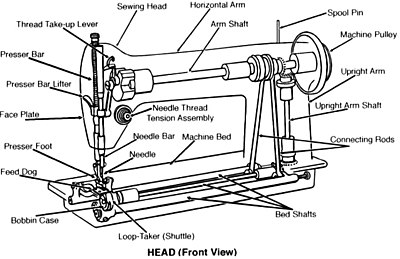After spending quite some time thinking about the major project I finally decided to take the option to learn and share and something. After the intense brainstorming session I finally decided that I would take the time to learn how to sew and how to construct simple garments.
Why sewing? In the simplest of words I can just say that I find it interesting. How I came to the thought of doing it is a little out of the ordinary. My girlfriend. Samantha, and I enjoy attending anime and comic book conventions. We even dress up sometimes; Sam dresses up quite more often than I do. Making costumes that aren't produced often lead to them having to be handmade. Sam has quite a bit of experience with making costumes. Her having this experience often means that if I decide to dress up for a convention, Sam is the one stuck making my costume. Hopefully by learning how to sew I can help her make costumes while adding another useful skill to my collections of talents!
Sam as Peter Pan and me as Peter Pan's Shadow from Halloween
One great thing about learning how to sew is that there are a wide range of resources available on the internet. These sources range from tutorials, videos on Youtube and other websites, patterns, plus more. Not to mention Sam has already agreed to be my critical friend for this project. I'm confident that her sewing abilities and craftsmanship will do a phenomenal job of supporting, reviewing, and assisting me and my work.
Learning how to sew comes with some benefits. You could patch up a hole or sew a button back on to a shirt, you make your own gifts for loved ones, and it can ultimately save or even make you some money. I think that sewing can help build your motor skills, it can help you focus better, and also help promote creativity.
Throughout the major project I intend to learn the basics of both hand sewing and sewing using a machine. I will also be looking to document my progress through text, pictures, and hopefully video recordings as well. I'd like to be able to sew patterns and end up sewing together something like a quality t-shirt or a pair shorts. Maybe if I become awesome I can create something even more complex. I'm excited to get started on this project!

Sewing machines look simple on the outside, but are actually quite complex.













